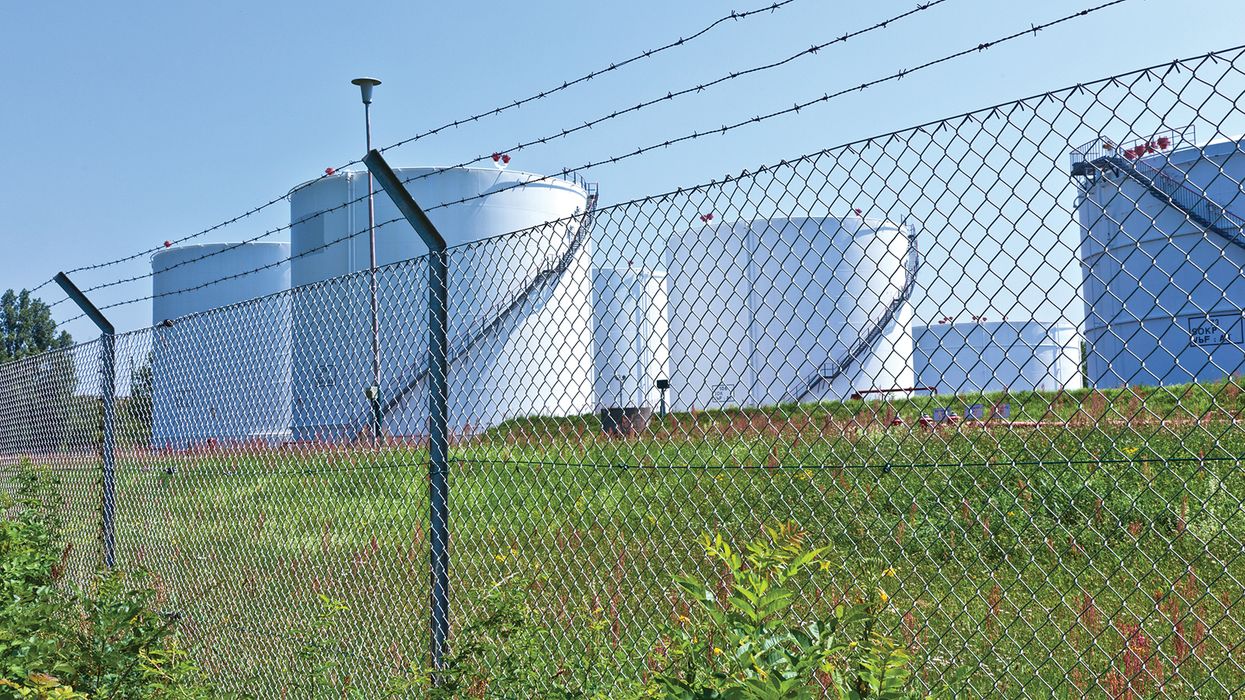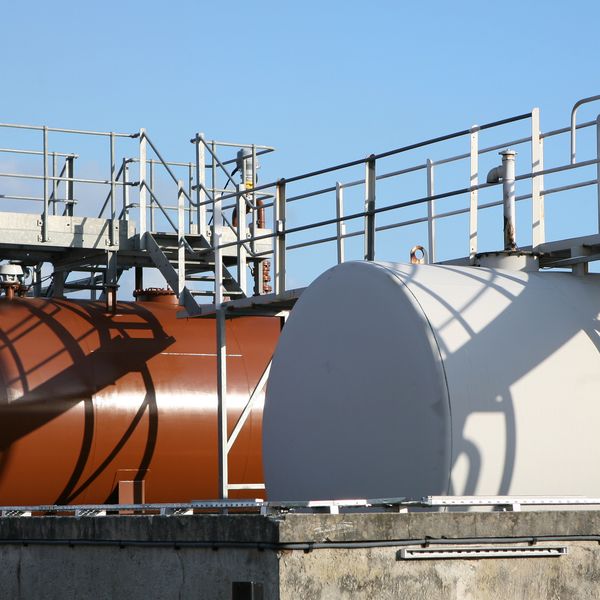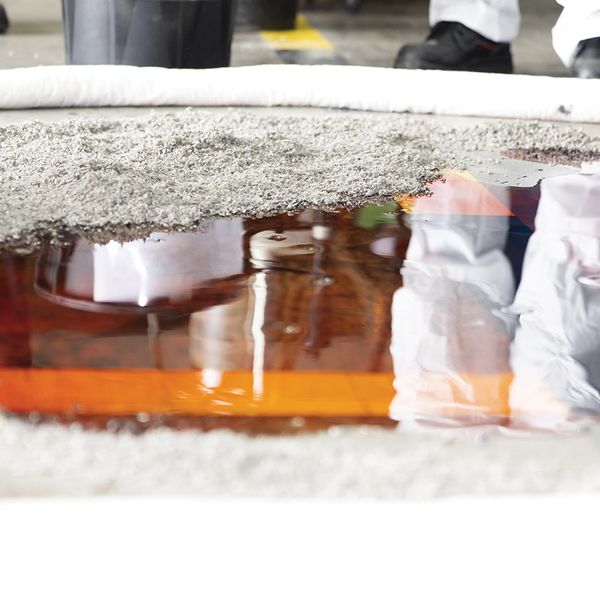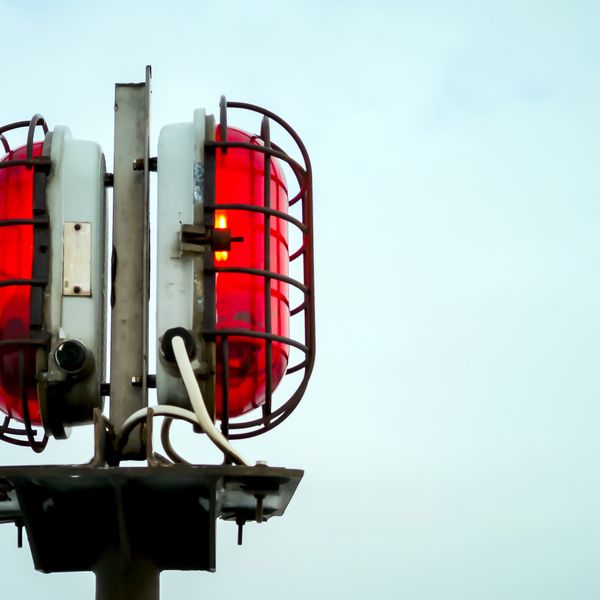Oil spill regulations ... It’s now okay to think outside the box when it comes to security
Facilities covered by EPA’s Oil Spill Prevention, Control, and Countermeasures (SPCC) Standard at 40 CFR 112 should note that fencing and lighting are not the only ways to meet the security requirements. Paragraph 112.7(g) outlines the mandates intended to prevent discharges of oil to navigable water or adjoining shorelines that could result from acts of vandalism or other unauthorized access to oil containers or equipment.
Prior to December 2008, the SPCC security provision required that the facility owner or operator install security systems such as fencing, locks, and lighting to prevent unauthorized access to oil-handling operations and controls. However, EPA relaxed the requirements to be performance-based and allow an owner or operator to tailor security measures to the facility’s specific characteristics and location.
The flexible regulatory language at paragraph (g) now says, “Security (excluding oil production facilities). Describe in your Plan how you secure and control access to the oil handling, processing and storage areas; secure master flow and drain valves; prevent unauthorized access to starter controls on oil pumps; secure out-of-service and loading/unloading connections of oil pipelines; and address the appropriateness of security lighting to both prevent acts of vandalism and assist in the discovery of oil discharges.”
Access control
EPA offers several examples of how the revised access control requirements may be met:
- Fully fence the facility and/or guard gates when the facility is not in operation or attended.
- Secure only those parts of the facility that could be involved in an oil discharge, such as oil containers and associated valves, where pumps and piping are located, and around the equipment needed to operate pumps and containers. This option may be effective where oil containers and equipment are located within discrete areas of a facility.
- Ensure the facility is attended on a 24-hour basis by security or other facility personnel with closed-circuit cameras to detect and investigate unauthorized access. Alternatively, combine this with an alarm system that detects the presence of trespassers.
The regulation allows the facility owner or operator to determine the “best method” to secure these areas, without having to explain environmental equivalence in the written SPCC plan.
Appropriate lighting
Security lighting is “appropriate” if it prevents acts of vandalism and assists in the discovery of oil discharges day or night. Examples include:
- Motion-activated lights to ward off trespassers and allow personnel to notice if a discharge occurs.
- Portable lights for facility personnel to use as they perform regular rounds of the facility.
It’s important to note that the regulation does not specifically require lighting, however. The SPCC plan must describe how the owner or operator will prevent vandalism and discover oil spills and whether security lighting is appropriate. For instance:
- A “supervisory control and data acquisition” system monitors the facility and detects oil discharges remotely without a need for lighting to assist in visual detection.
- Facilities located away from populated areas may consider the location itself a deterrent to vandals, based on the judgment of the SPCC plan certifier.
- An owner or operator of an unattended facility may determine that lights would not be an effective enough deterrent for vandals and choose instead to fence the facility.
If lighting is not provided, no discussion of an environmentally equivalent alternative to security lighting is necessary in the SPCC plan.
Facility Response Plans (FRPs)
Note that the security provisions at subparagraph 112.20(h)(10) and 40 CFR 112 Appendix F go beyond those of paragraph 112.7(g), with regard to FRPs. In other words, this article does not address the FRP-related security provisions, and you’ll need to review the FRP regulations for details if applicable.
Key to remember
For those facility owners and operators subject to paragraph 112.7(g) that are not also covered by the FRP regulations, the security provisions are flexible. Gone are the days when EPA required the installation of security systems such as fencing, locks, and lighting to prevent unauthorized access to oil-handling operations and controls. The regulation now allows the facility owner or operator to determine the best method to secure these areas, without having to explain environmental equivalence in the written SPCC plan.


















































